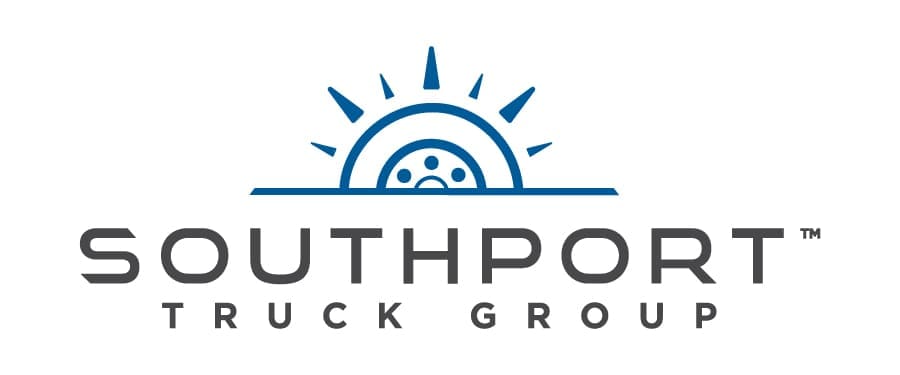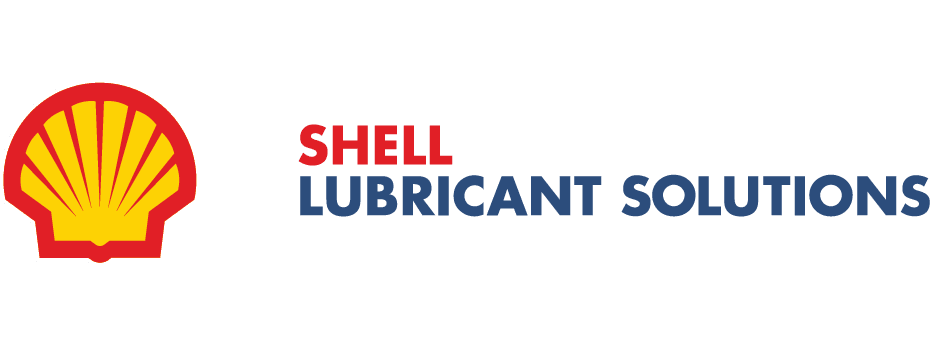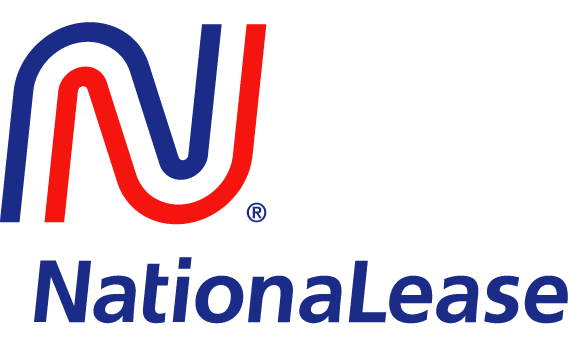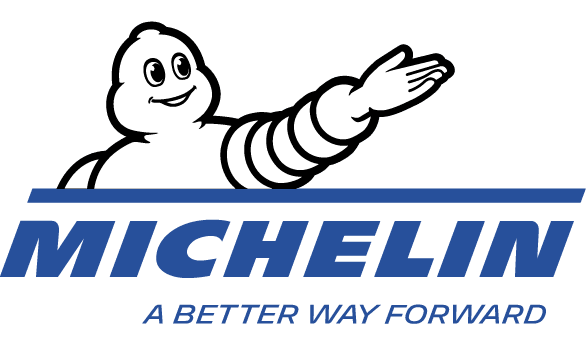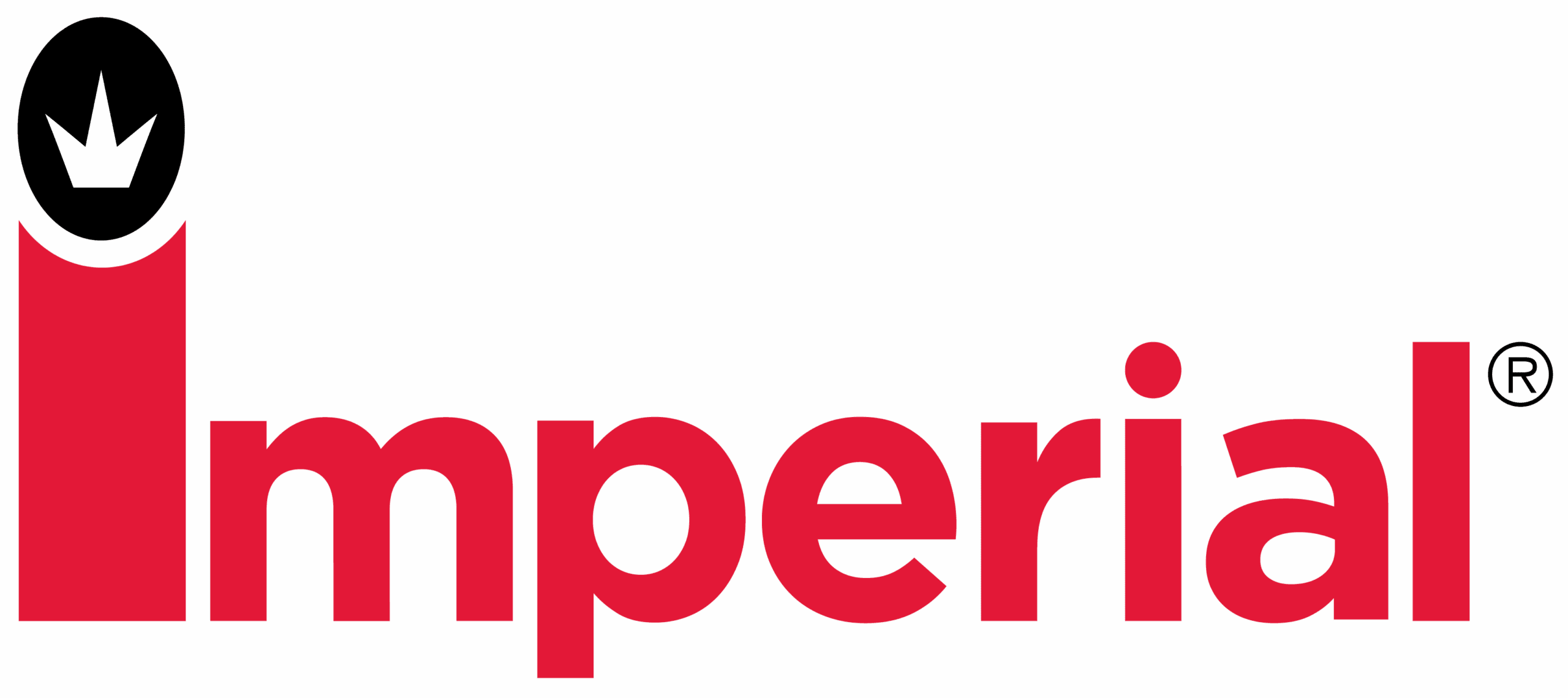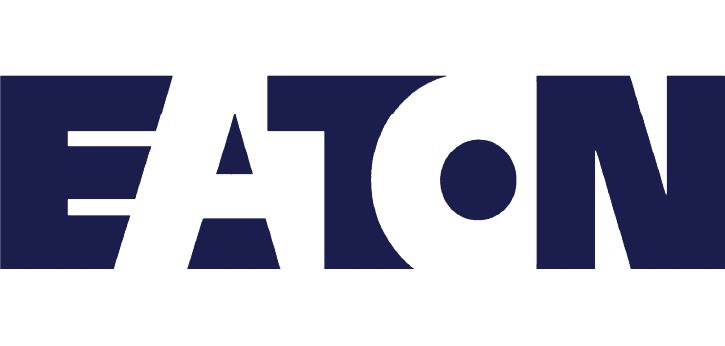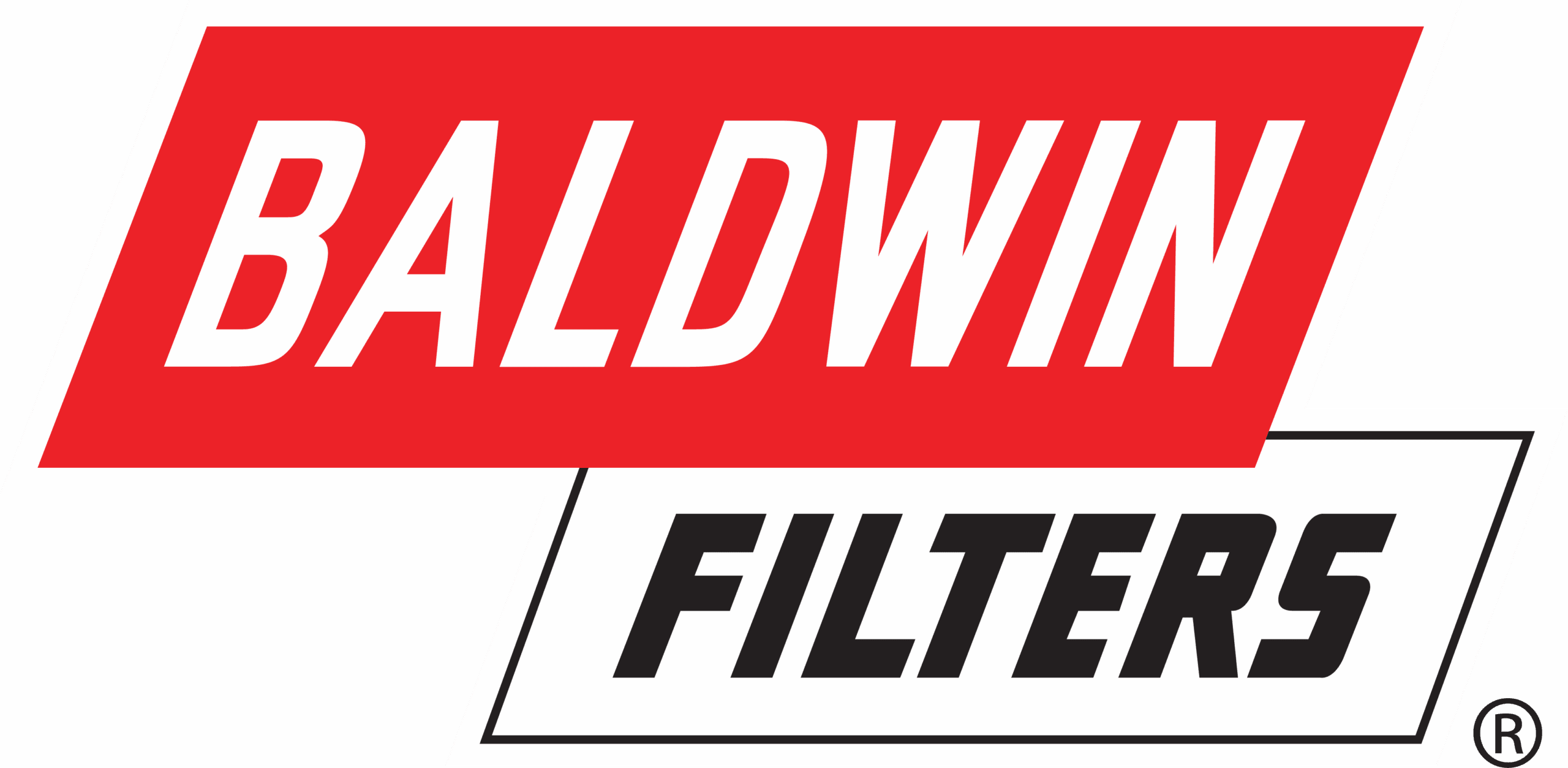Invoicing Management System: Maximizing Operational Performance With Accounts Payable Automation Software
Invoicing Management System
Modern technological advancements have transformed the way we conduct business, and proper utilization of software tools can greatly enhance the efficiency of invoicing and accounts payable management systems. Effective automation software has the potential to streamline the invoice cycle process and reduce costs, delivering up-to-date, accurate information in real-time.
Organizations can leverage accounts payable automation solutions to create data-driven opportunities to increase operational performance. From the C-Suite perspective, Finance Executive must be aware of the various options of accounts payable automation software in order to make well-informed decision.
The principal benefit of such software is its automation abilities. Using single interface, accounts payable automation software can automate the invoice process from start to finish, eliminating manual methods and reducing turnaround times. The software can be configured to monitor payments, ensure timely delivery and ensure payment accuracy. Additionally, accounts payable automation solutions are highly secure, offering protection from fraudulent activities and unauthorized access.
Modern accounts payable software also enables access to sophisticated reporting tools, which can provide an enterprise with valuable insights into its operational performance. By tracking payment and invoicing data accurately, companies are equipped with the necessary information to analyze the status of their invoices, allowing for more effective decision-making and future audits.
Analyzing expenses and understanding prices can become difficult task should organizations not possess the requisite resources or technology. However, with accounts payable automation software, organizations can effectively monitor and audit ispend activities, providing vital information needed to benchmark, reduce costs and optimize process efficiency.
From financial perspective, accounts payable automation solutions can reduce both expenditure and paperwork. While eliminating errors associated with manual invoicing processing, enterprises are allowed to create special payment rules, rulesets and policies, enabling improved financial governance and risk management.
Going digital when managing invoices and accounts payable operations can significantly enhance operational performance. The key to successful adoption of an accounts payable automation system is an understanding of the enterprise?s own financial complexity, as well as its current invoice process. Organizations should opt for an automation solution that is compatible with the existing systems, and prioritize process integration.
In conclusion, integrating the right software into the enterprise?s core business processes can easily revolutionize accounts payable operations, enabling Finance Executives to experience efficient operational performance. With accounts payable automation software, enterprises can reduce the costs associated with their manual processes, minimize risk, and generate invaluable financial insights in real-time.
2-Way Match: Maximizing Operational Performance With Accounts Payable Automation Software
2-Way Match
Operational performance is vital to the longevity of any organization. To ensure the operations are efficient and cost-effective, companies need to reduce manual processes and adopt Softwaresolutions. Automation software for two-way matching is one such example that can drastically improve an organizations accounts payable operations.
A two-way match is an automated process that compares the invoices received from suppliers with the purchase orders previously issued and the goods received into inventory. It constitutes an important step in the accounts payable process, as it helps to prevent any fraudulent activities or mismanagement of Funds. Thus, two-way matching can greatly minimize the accounts payable costs for any organization.
Various factors should be considered when deciding which accounts payable automation software to use. Firstly, the company must look for user-friendly solution that can be integrated easily into any existing businessoftware. Additionally, the Softwareshould have excellent workflow automation capabilities and can be tailored to the accounting departments exact requirements. The Softwareshould also offer comprehensive range of features, including integration with multiple external systems, such as payables, purchasing, and the general ledger.
Moreover, solid implementation and training plan should be in place to ensure the implementation of the software goes smoothly. The implementation team should have years of experience in software implementation and be equipped with the necessary skills to ensure the software is correctly deployed and configured. They should also be able to carry out regular on-site training sessions for users, to understand how to use the software and make the most of its features and benefits.
Account payable automation software can maximize operational performance with minimal effort. The important advantage of this software is that it provides streamlined way to process invoices, allowing the accounts payable staff to focus on higher-value tasks such as identifying any early payment discounts, managing vendor relationships and negotiating contracts with strategic suppliers.
The software can also generate comprehensive reports that provide invaluable insights into the accounts payable process, including analysis of invoice turnaround times, payment timeliness, and supplier performance. These analytics can be used to make informed decisions and identify areas of improvement.
In conclusion, adopting an accounts payable automation software may not be straightforward, yet it can yield impressive results if done correctly. By selecting user-friendly solution and ensuring smooth implementation, organizations can maximize their operational performance, whilst reducing accounts payable costs and streamlining the accounts payable process.
How Does Account Payable Works: Maximizing Operational Performance With Accounts Payable Automation Software
How Does Account Payable Works
Finance executives are increasingly turning to automation software to improve operational performance in their accounts payable processes. Such software leverages advanced technologies to quickly and efficiently process invoices, providing an effective solution for manual accounting and payment work. By deploying an automated accounts payable system, organizations can enjoy greater efficiency, accuracy, flexibility, and traceability in their bookkeeping operations.
Deployment and Integration
When evaluating automated accounts payable software, organizations should consider the degree of deployment and integration needed to bring it into their operations. The utility of such software can hinge on its ability to function seamlessly with existing systems and protocols. Compatibility with compliance regulations, financial standards, and even the industry itself is likewise critical. Any software requires training and implementation to be truly effective, and such practical considerations should be taken into account when choosing the right solution.
Time, Cost, and Risk Reduction
Automated accounts payable systems can bring significant efficiency gains, reducing the time and resources required for processing payments. By changing from manual inputs to digital data extraction, organizations prevent human error and streamline the entire process, saving time and money in the long-run. Automated systems also offer improved security for sensitive financial documents and records, reducing the risk of human error and the potential for fraud or exploitation.
Data Transparency and Reporting
In addition to the efficiencies found in automated accounts payable, users can benefit from enhanced data transparency and reporting. By tracking documents and capturing data in digital format, users can quickly generate meaningful insights into their bookkeeping operations. This enables finance professionals to spot opportunities for further streamlining, cost-cutting, or potential areas to invest further resources in.
Audit Readiness
A further advantage of an automated accounts payable system is that it enhances audit readiness, enabling users to easily access key financial records in the event of an audit. Auditing of financial records is key part of many organizations' compliance requirements, and automated accounts payable software can quickly extract data and documents to provide the evidence needed to satisfy these regulations.
Conclusion
In conclusion, automated accounts payable software can provide organizations with an effective solution for processing invoices and managing bookkeeping operations. It brings numerous advantages, from time and cost savings to improved data transparency and reduced risk. With careful selection and deployment, finance executives can enjoy the full range of operational performance improvements from accounts payable automation software.
Accounts Payable Automation And Workflow: Maximizing Operational Performance With Accounts Payable Automation APplications
Accounts Payable Automation And Workflow
Finance executives are always looking for ways to maximize operational performance. Implementing accounts payable automation software is one way to streamline workflow and confidentially transfer information. Accurate, up-to-date data is essential for controlling costs, understanding spending habits and making well-informed financial decisions.
A rapidly paced economy demands real-time financial data. Investing in accounts payable automation software can enable finance teams to gain visibility and control over the financial workflow. With features such as automatic invoice capture, automated workflows, cost and time savings, and secure access within the organization, the software offers better way to manage financial processes.
It is time-intensive process to manage accounts payable and accounts receivable; however, with accounts payable software, it is possible to eliminate paper-based processes. Instead, digital invoices can be delivered and automatically integrated with existing systems. This helps with financial reporting, organizational compliance and secure communication. Additionally, the software allows for automation of the audit process by automating invoice validation, ensuring that all invoices are valid and correctly coded.
Accounts payable automation software empowers an organization to achieve greater business insights and transparent financial data. With access to real-time financial data, executives will be able to make better decisions, minimize business risk and efficiently tackle financial challenges. The software captures and stores financial data accurately, streamlining the review and analysis process. It also provides real-time data from all parts of the organization and allows for dynamic analysis.
Accounts payable automation software also offers improved communication between different departments. By connecting different systems and departments, it is possible to ensure consistent exchange of information. This makes it easier to identify and report any discrepancies, track progress and ensure reliable financial system.
Accounts payable automation software not only streamlines financial processes, but also improves compliance and monitoring. The software will provide the organization an automated system to track the availability of funds and electronic workflow processes. Auditing can be simplified and automated with the software; allowing errors to be identified and corrected quickly, without having to manually review complex financial documents.
In conclusion, accounting departments depend on accuracy, secure communication, and visibility in financial processes. Automating accounts payable using software will empower the organization to achieve greater business insights, reduce costs, and automate the review process, among other things. Therefore, investing in accounts payable automation software is great way to maximize operational performance and create more transparency in financial processes.
Automated Payment Solution: Maximizing Operational Performance With Accounts Payable Automation Software
Automated Payment Solution
The financial detrit is associated with manually handling large accounts receivable and payable stacks can be punishing and time-consuming. Organizations dealing with an increasingly complex and large-scale finance operations can benefit from deploying accounts payable (AP) automation software for smoother and more efficient flow of payment operations. Automating required actions such as third-party vendor invoice processing will reduce employee effort and achieve both tangible and intangible benefits for the C-suite.
Utilizing automated payment software enables compenies to rapidly and accurately process the receipt and payment of invoices and vendor bills. An effective automated payment platform should include electronic data interchange (EDI) capabilities, which permits the integration of third-party vendor invoices derived using EDI into the applications. This allows for single-click payment, thereby completely bypassing manual keying procedures and eliminating human error. Upgrades or security patches can be easily applied without interrupting ongoing business operations, thereby enhancing usability.
AP automation software also facilitates streamlined budgeting and forecasting. Organizations are armed with the ability to generate forecast analyses, which provide insightful data to optimize expenses and accurately predict cost savings. This also has associated benefits as finance teams will no longer need to reconcile vendors? invoices manually and can focus on more lucrative areas of financial forecasting and management.
Given the overlap between accounts receivable and payable, implementing an automated payment solution can create additional benefits in terms of accounts receivable tracking. By establishing visibility over payables, organizations can leverage information to avail credit lines, obtain qualified accounts receivable in timely manner and receive early payment discounts. Furthermore, automated tracking allows for improved policy control, as companies can retain judicious control over accounts payable and best practice control sheets.
These advantages come at price some of which are apparent, namely, the cost of purchase and implementation of the software and the cost of any additional training that may be needed. Other cost advantages are more covert, such as the reduced amount of manpower, that has gone into resolving human errors in processing the data. Little expense is required for maintenance as the software is platform-independent and mobile friendly.
In conclusion, leveraging automated payment solutions offers host of financial and operational advantages for C-suite executives. Reduced cost of operations, improved budgetary and forecasting visibility, single click payment options and error-free invoice processing all combine into potent value proposition for businesseseeking to maximize their bottom line.
Bills Payable Example: Maximizing Operational Performance With Accounts Payable Automation APplications
Bills Payable Example
Given the strain that acute and modern competitive markets put on organizations, it has become pressing challenge to maximize the performance of enterprise operations. One of the ways to optimize selling and delivery processes is to integrate billing and invoicing functions with automated software. In particular, accounts payable automation software offers numerous advantages from the C-Suite perspective, broadening the efficiency of day-to-day monitorable processes.
The formidable task of accounts payable can be difficult to handle efficiently due to ever-expanding resources and high-volume of transactions. Automating this accounting function with capable Softwaresolution is advantageous as it provides enhanced visibility, expedit is the payment process, standardizes data collection, and streamlines document management.
Using such software, operations teams receive unprecedented insight into cash flow and vendor payments, allowing them to take appropriate action when prompted. Payment cycles become shorter, with automated reminders and intelligent workflow prompts to let users know when due dates are looming.
The secure storage features that accompany the software minimize human error, establish universal data constraints and input requirements throughout the organization, and build trust with current and prospective clients. Accounts payable automation also creates operational cost savings while improving the speed of payments and enforcement of business compliance.
In addition to its other benefits, accounts payable automation software reduces logistics and labor costs, encourages accurate record keeping, tightens security, closes transaction cycles at faster rate, and provides minimal risk of fraud. Approval process is accelerated, inputs are modified or automatically generated, and auditing becomes simpler when transactional details and supporting documents are digitally accessible.
To understand how accounts payable automation technology affects various processes in business, consider how it enables the entire task of vendoring and payments to become automated. Instead of staff manually inputting information and managing multiple spreadsheets and documents, accounts payable software consolidates submissions and allows for structured process from end to end. This allows key stakeholders to quickly access records and audit results if needed, while preventing stakeholders from manually entering incorrect data.
In conclusion, accounts payable automation software can significantly improve operational performance within an enterprise. It endeavors to provide enhanced visibility, expedite payment processes, standardize data collection, and streamline document management efforts. C-Suite finance executive will realize the effectiveness of such Softwaresolution and be able to leverage its efficacy in order to maximize the performance of their organization.
Digitize Invoice: Maximizing Operational Performance With Accounts Payable Automation APplications
Digitize Invoice
Finance executives in organizations of varying sizes are tasked with understanding the nuances of fueling profitability and capitalizing on opportunities. Enhanced productivity in the accounts payable process is key facet of this foundation, which can often be difficult to accomplish without the benefit of software. Accounts payable automation Softwareserves as an instrumental vehicle for achieving higher levels of operational performance.
Organizations that elect to go down the path of digitizing the invoicing process with specialized accounts payable software can expect to reap range of rewards, most notably increased visibility, productivity, and cost saving. With automation, the often onerous task of manually reconciling vendor invoices and data entry arises far less frequently than before. As result, operational efficiency is subsequently improved as parts of the accounts payable process are streamlined.
Data accuracy increases with automation, as well. Outdated invoices and other documents no longer reside in physical filing cabinet and instead can be digitized and easily visible on the software program. Their presence on accounts payable automation software ensures that the data held within is always up-to-date, accurate, and quickly accessible should query arise.
Moreover, automating the invoicing process allows for greater functionality by empowering AP staff to assign workflow, identify exceptions, and create alerts for given organizations financial stability. This allows for analytics that are based on meaningful and purposeful insights to surface, so that managers have better control over the accounts payable process.
Having an accounts payable automation software in place provides advantages well beyond the accounts payable process, too. These include expansive visibility of organizational spending, enhanced payment reconciliation, strengthened vendor relations, and improved cost management. Ultimately, these advantages coalesce to place an organizations financial performance in more positive and dynamic light.
With accounts payable automation software, finance executives can facilitate improved operational performance and greater profitability through improved productivity, cost reduction, and data accuracy. Bank reconciliations, manual mapping, investigations, and other aspects of the accounts payable process can be streamlined and automated with software, and the advantages of doing so become quickly apparent.
Given the wide array of advantages to be expected from the use of accounts payable automation software, it is clear that many organizations are recognizing this as key way to optimize their accounts payable process more effectively. Finance executives stand to benefit greatly from foundation strengthened by automation, and the outcomes speak for themselves.
Payable Invoice: Maximizing Operational Performance With Accounts Payable Automation APplications
PAYABLE INVOICE
As businesses strive for operational excellence, accounts payable automation software presents viable solution that increases workflow efficiency and improves data visibility. For executives looking to adopt this software, there are several considerations.
First, when designing an integrated payments platform, C-level teams should evaluate the solution to ensure it is tailored to the companies needs and can scale with the business. The solution should include features such as automated fraud detection, digital invoicing, and enterprise resource planning. For payment data analysis, the accounts payable automation software should offer AI-driven analysis and insights to improve transparency and auditability. Flexibility and scalability should be key considerations, as should integrations with other systems and services, such as cloud-based tools, to enable full automation and integration across multiple departments.
Second, the team should evaluate how the solution handles invoice processing. If the software is capable of intelligent automation, it ishould be able to automatically extract data from invoices and enter them into the system. This results in fewer errors and faster decision-making. In addition, an automated invoice-processing feature should be able to execute recurring payments, take advantage of early payment discounts, and provide automated notifications.
Third, when introducing accounts payable automation software to business, the goal should be to ensure it is adopted across the company. To do this, the team should focus on user experience and interface design. Users should be able to navigate the system seamlessly and easily access any data they require. Furthermore, the solution should provide employees with analytics, such as invoicing, payment cycles, and invoice aging. This type of information empowers employees to make more informed decisions. The right tools and employees should be able to access and manipulate data quickly and easily.
Finally, an important consideration is the security of the software. Cyber security is top priority and the solution should include antimalware, antivirus, and firewall protection. Additionally, the platform should be designed to meet industry security standards while mitigating the risk of fraud and data loss.
In conclusion, implementing accounts payable automation software can greatly improve operational performance. C-level teams should evaluate the tools available and select an integrated payments platform tailored to the companies needs that offers intelligent automation, flexible scalability, automated invoice-processing, and robust security. Focusing on user experience, businesses can ensure the solution is adopted across the organization to empower employees with vital insights and data-driven decision-making.
Payables Automation: Maximizing Operational Performance With Accounts Payable Automation APplications
PAYABLES AUTOMATION
Accounts receivable automation software is potent force when it comes to improving operational performance. By leveraging automation technology, organizations can significantly expedite accounts payable processes and realize substantial cost savings along the way. The cost savings accomplished with automation are not the only benefit; automated software for payables also provides streamlined data management and greater internal control in the accounts payable process.
At the core of accounts payable automation software lies the concept of "electronic invoicing," or the digitization of invoice submissions. This technology allows businesses to process invoices faster and with greater accuracy than ever before. In turn, this rapid and reliable financial process considerably boosts cash flow as invoices are turned around quickly, minimizing days sales outstanding (DSO). What's more, accounts payable automation software simplifies data management and reduces overhead spending by eliminating the need for manual data entry.
From the C-suite perspective, accounts payable automation is cost-effective opportunity to drive change and improve organizational performance. Companies leveraging this technological advancement will experience greater financial accuracy, enhanced data visibility, and improved internal control in the accounts payable process. With all of these benefits, the installation of accounts payable automation software should be priority for businesses across the country.
One of the key benefits of accounts payable automation software is its scalability. Whether an organization is of modest size or full-fledged enterprise, accounts payable automation software is tailored to match the specific needs of each organization. With this approach, companies can increase their ROI as they can select which automated functions they will be utilizing, and later upgrade as their business needs evolve.
In addition to scalability, security is another key element of accounts payable automation. Encrypted cloud accounting solutions are inaccessible to any but duly authorized personnel. Moreover, users can control who has access to what and can monitor the activities of other users. Furthermore, such automated software is regularly upgraded and patched to prevent the exploitation of any potential security loopholes by hackers.
Organizations interested in leveraging the many benefits of accounts payable automation software need to carefully evaluate all of the different types of software on the market today. The companieshould analyze which features are most suited to their business needs, and which provider can best meet those needs. The bottom line is that businesses should consider accounts payable automation software for its ability to reduce costs and maximize operational performance.
Maximizing Operational Performance With Dynamics Gp AP Automation Software
Dynamics Gp Ap Automation
In todays business environment, organizations can experience significant benefits from automation technology that is aimed at improving operational performance. For accounting executives specifically, there is an array of software applications directing operations more efficiently and equipping C-level personnel with the necessary tools for better decision making. Automating the accounts payable (AP) process is prime example of using integrated software to gain greater controls over financial operations.
The successful implementation of an AP automation Softwaresolution involves numerous interconnected components. Generally, the software allows accounts payable departments to move from manual process to more automated one, which not only helps to eliminate or reduce administrative tasks and costs, but also promotes accuracy, important record keeping and cash flow management. By incorporating automated payment processing, business can reap substantial cost savings, as well as enjoy automatic data capture and faster, smoother payment workflow from invoice entry all the way through to reconciliation.
Organizations utilizing AP automation software also benefit from improved visibility and auditability when it comes to transactions. With the aid of intuitive reporting and analytics, this type of software requires fewer personnel to manage tasks, and the streamlined workflow helps identify exceptions and issues in the process quickly. Automation tools can also facilitate faster vendor payments, which can enhance vendor relationships and help reduce costs with early payment discounts.
Though automating accounts payable can save on costs, organizations implementing new systems must be aware of their choices. Dynamics GP, Dynamics 365 product, is designed specifically to manage payables, cutting down on tedious tasks and allowing users access to integrated data management. It offers vast flexibility to business in regards to functionality, scalability and configurations allowing them to optimize the system with existing business processes to generate greater efficiency.
Maximizing Operational Performance with the use of software for Dynamics GP AP can be achieved by improving the automation of payments, streamlining the invoice process, eliminating paper and manual postings, and improving management and visibility over money spent. The seamless integration with Dynamics 365 provides organizations with secure and reliable platform on which to automate processes and boost performance.
Organizations intent on leveraging technology to maximize operational performance and reduce costs without sacrificing accuracy are wise to consider how AP automation software can help support these objectives. Incorporating powerful, dependable solution such as Dynamics GP could provide much-needed augmentation and increase profitability throughout the organization.





